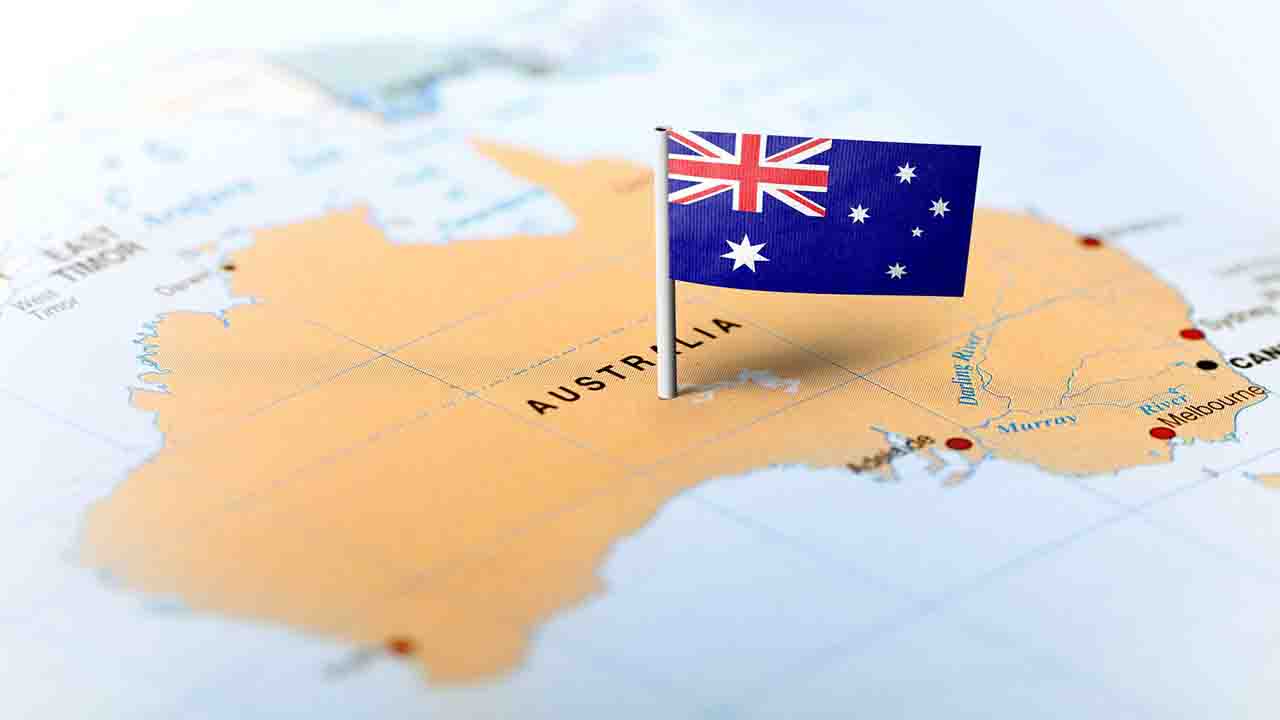As the Australian Bureau of Statistics (ABS) prepares to unveil the Monthly Consumer Price Index (CPI) Indicator for January on Wednesday, February 28 at 00:30 GMT, economists and researchers from six major banks have weighed in on their forecasts for the upcoming inflation data.
Analysts predict that the January CPI is poised to exhibit a year-on-year increase of 3.6%, surpassing the previous reading of 3.4%. If this projection materializes, it would mark the first acceleration since September, pushing the inflation rate further above the Reserve Bank of Australia’s (RBA) targeted range of 2-3%.
The anticipation of a 3.6% year-on-year rise reflects the economists’ assessments of various economic indicators and contributing factors. These projections underscore the potential economic landscape that may unfold as the nation grapples with a shifting inflationary trajectory.
Economic experts attribute this anticipated acceleration to a confluence of factors, including but not limited to rising commodity prices, supply chain disruptions, and increased demand in specific sectors. Examining these elements individually provides insight into the nuanced dynamics influencing the inflation outlook.
One prominent factor contributing to the expected uptick in CPI is the surge in commodity prices. Globally, commodities have experienced heightened volatility, driven by factors such as geopolitical tensions, climate-related disruptions, and increased demand. In particular, energy and raw material prices have witnessed substantial fluctuations, directly impacting production costs and subsequently influencing consumer prices.
Furthermore, supply chain disruptions have been a pervasive issue, disrupting the smooth flow of goods and services. The ongoing challenges in global supply chains, exacerbated by the aftermath of the COVID-19 pandemic, have led to bottlenecks and shortages, creating upward pressure on prices. As businesses grapple with these logistical hurdles, the associated costs are likely to be passed on to consumers, contributing to the overall inflationary trend.
Another crucial factor is the surge in demand within specific sectors of the economy. As economic activity rebounds from pandemic-induced downturns, certain industries have experienced heightened consumer demand. This surge in spending, coupled with supply constraints, has created an environment conducive to price increases. Economists foresee this demand-driven inflation as a significant driver of the overall CPI acceleration.
The January CPI figures, if aligned with the forecasted 3.6% year-on-year increase, would signify a notable departure from the RBA’s target range of 2-3%. The central bank has consistently emphasized its commitment to maintaining inflation within this band as a key aspect of its monetary policy framework. A sustained deviation from this target could prompt the RBA to reassess its policy stance and consider adjustments to interest rates in an effort to manage inflationary pressures.
It is imperative to recognize the broader economic implications associated with an acceleration in consumer prices. While moderate inflation is often considered a natural outcome of economic growth, an abrupt or sustained surge in prices can have cascading effects on consumer purchasing power, business operations, and overall economic stability. Policymakers and market participants will keenly observe the January CPI release to gauge the extent of inflationary pressures and formulate appropriate responses.
In conclusion, as the release of the January CPI data approaches, economists and researchers from major banks anticipate a year-on-year increase of 3.6%, marking the first acceleration in inflation since September. The underlying factors contributing to this projection include surging commodity prices, supply chain disruptions, and increased demand within specific sectors. The outcome of this release will not only shape the economic narrative but also influence the policy decisions of the Reserve Bank of Australia as it navigates the delicate balance of fostering economic growth while maintaining price stability.








